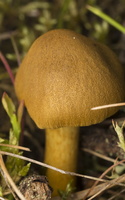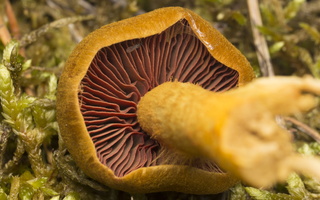- sort orderDefault
Photo title, A → Z
Photo title, Z → A
✔ Date created, new → old
Date created, old → new
Date posted, new → old
Date posted, old → new
Visits, high → low
Random - Google Map
- map
 home / Fungi · grybai / Cortinariaceae · nuosėdiniai / Cortinarius semisanguineus · raudonlakštis nuosėdis
home / Fungi · grybai / Cortinariaceae · nuosėdiniai / Cortinarius semisanguineus · raudonlakštis nuosėdis

-
 Cortinarius semisanguineus · raudonlakštis nuosėdis
Cortinarius semisanguineus · raudonlakštis nuosėdis
-
 Cortinarius semisanguineus · raudonlakštis nuosėdis
Cortinarius semisanguineus · raudonlakštis nuosėdis
Cortinarius semisanguineus · raudonlakštis nuosėdis
- Dermocybe semisanguinea
- surprise webcap, red-gilled webcap
- Blutblättrige Hautkopf
- raudonlakštis nuosėdis
- sarkanlapiņu tīmeklene, sarkanlapīšu tīmeklene
- zasłonak purpurowoblaszkowy
https://en.wikipedia.org/wiki/Cortinarius_semisanguineus Cortinarius semisanguineus appears in conifer, or mixed conifer, and birch woods in autumn. It is occasional in Europe and parts of North America. It has a mycorrhizal relationship with birch trees (Betula), and other coniferous softwood trees. It is often abundant under young spruce in plantations on acid soil.
The cap is campanulate (bell-shaped), and later flattens, but retains a broad umbo (shield-like central boss). It is usually between 2–8 cm across, brownish ochre, or umber and with a darker centre. It is covered in fine fibrils and is dry. The stipe is usually the same colour as the cap or paler, and is smooth, or finely fibrillose like the cap. It is long, slim, and cylindrical. Cortinal remnants often left on the stem in this species can be quite fleeting. The gills are adnate, markedly sinuate, and fairly crowded. They are initially blood-red, but turn cinnamon-brown on aging, giving a spore print of the same colour. The flesh is said to smell of radishes, and it is ochre in the stem, but more olive in the cap.
Cortinarius semisanguineus is suspected of being toxic.
Kepurėlė 3-5 cm skersmens, jauna kūgiška, galiausiai tampa iškiliai paplokščia, su gūbreliu, paviršius lygus arba smulkiai plaušuotas, padžiuvusi būna net žvynuota, žalsvai geltonai ruda, rausvai ruda. Lakšteliai kraujo raudonumo, seni – rudai raudoni, priaugtiniai. Kotas 3-10 x 0,3-1 cm, blyškiai ochriškai geltonas. Trama plona, geltonai ruda, ridikų kvapo, karstelėjusi. Auga grupelėmis, dažniausiai spygliuočių, mišriuose miškuose. Nuodingas, dažnas.